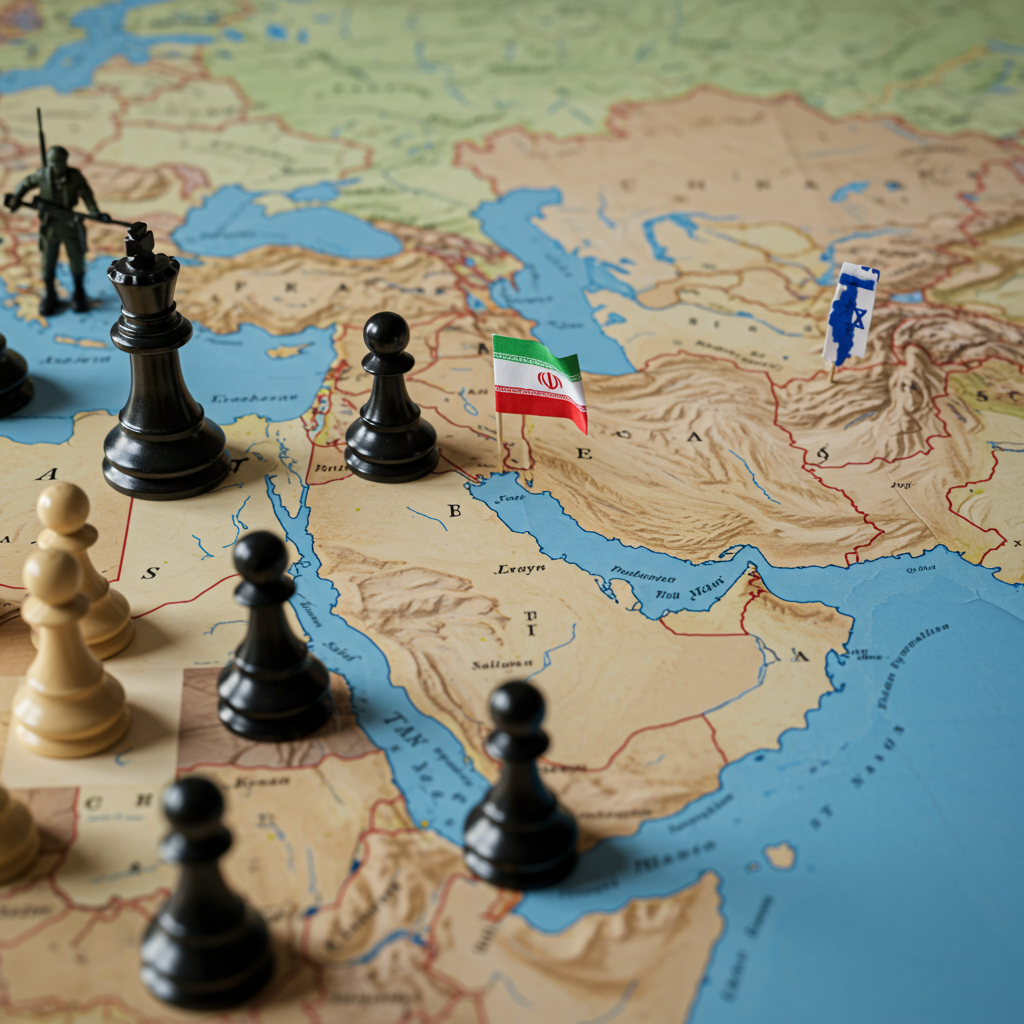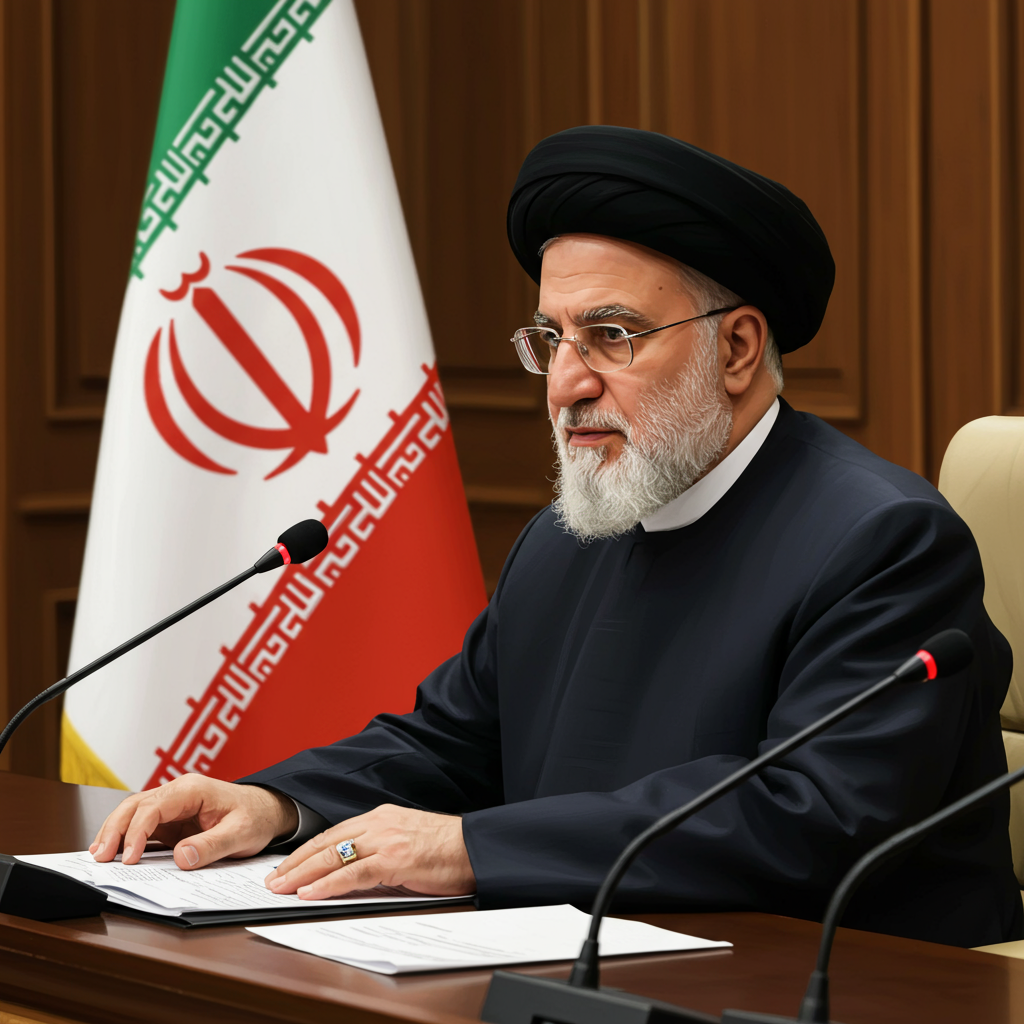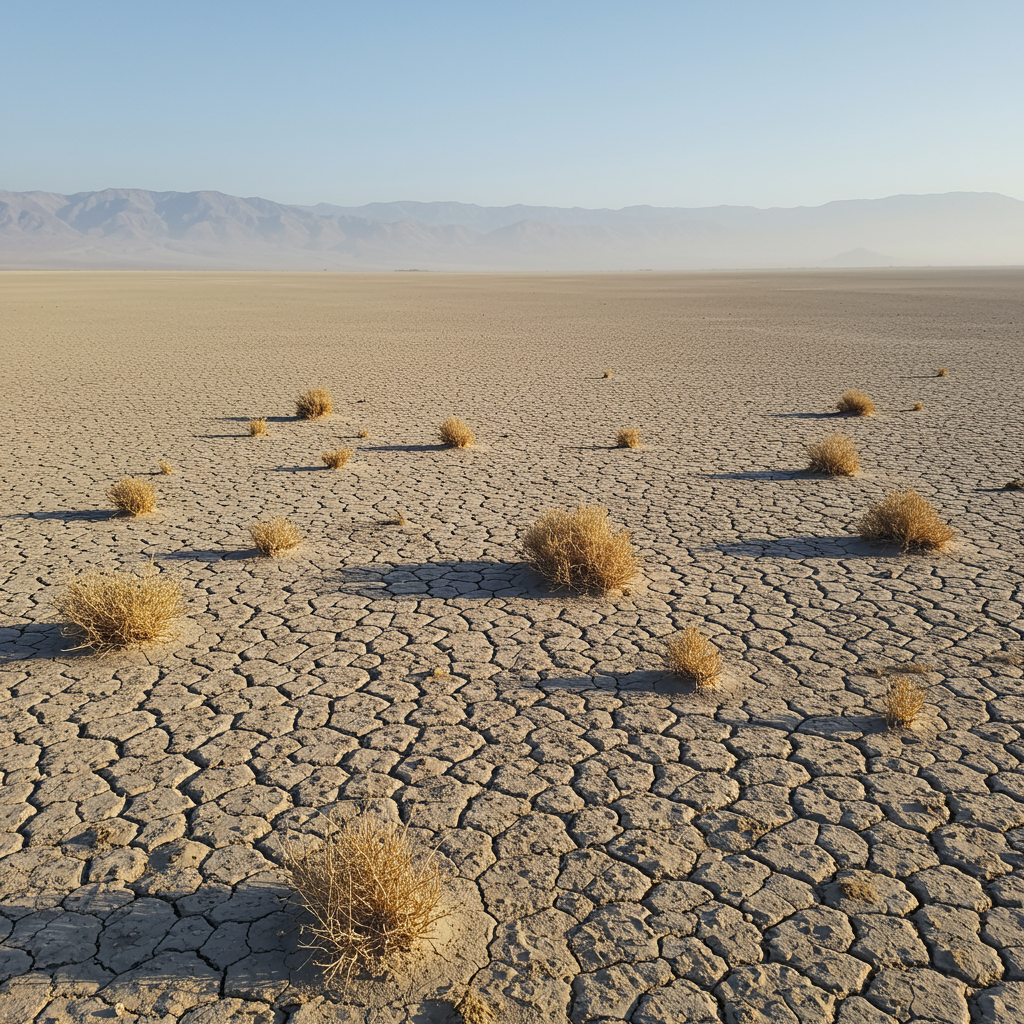The volatile standoff between Iran and Israel has abruptly escalated into a dangerous new phase. Recent reciprocal strikes, including an Iranian missile attack and targeted Israeli retaliation on military and nuclear facilities, have pushed West Asia towards a wider confrontation. This intensifying conflict, reminiscent of past regional wars but carrying significantly greater risk of international spillover, raises a critical question: in this high-stakes “war game,” who holds the military advantage?
While some geopolitical observers even draw parallels to the tensions preceding World War I, identifying the Hamas attack on Israel as a potential trigger point for broader conflict, the immediate focus remains on the capabilities of the two main regional adversaries: Iran and Israel.
Military Might on Paper: Numbers vs. Quality
Comparing Iran and Israel purely by numbers and geography reveals a stark contrast. According to the Global Firepower Index 2025, Iran’s population of 88.3 million offers a recruitment pool nearly nine times larger than Israel’s 9.4 million. Iran’s vast territory of 1.6 million square kilometers also provides strategic depth roughly 75 times greater than Israel’s, a significant factor in a prolonged conflict.
In terms of active personnel, Iran commands an estimated 580,000 to 610,000 troops across its traditional army and the powerful Islamic Revolutionary Guard Corps (IRGC), supported by 200,000 to 350,000 reserves.
Israel, in contrast, maintains a smaller active force of 170,000, but this is bolstered by a substantial, highly integrated reserve force of 465,000, regularly drilled for rapid mobilization. An additional 35,000 paramilitary personnel further enhance its security apparatus.
However, Israel historically compensates for its numerical disadvantage with a strategic doctrine focused on a Qualitative Military Edge (QME). This emphasizes elite training, advanced special operations capabilities, cyberwarfare, and overall technological superiority in weaponry and defense systems.
Economic Resilience and Defense Spending
Economically, Iran appears better positioned for long-term mass mobilization based on Purchasing Power Parity (PPP), ranking 22nd globally with a $1.44 trillion economy compared to Israel’s 51st rank at $471 billion (Global Firepower 2025).
Paradoxically, Israel allocates significantly more resources to defense. With an annual military budget of $30 billion, it spends double Iran’s $15 billion, demonstrating a commitment to military strength that exceeds its economic size.
Iran’s Strategic Depth: The Power of Proxies
One of Iran’s most significant strategic advantages lies in its sophisticated network of proxy forces and regional allies. Groups like Hezbollah provide Tehran with strategic depth, enabling it to project power and retaliate unconventionally across multiple fronts without exposing its core leadership or territory to the full risk of direct conflict. As experts note, these proxies are integral to Iran’s security, longevity, and influence in the region. This indirect strategy has allowed Iran to avoid direct, large-scale wars with the US or Israel for decades.
The Trigger: Nuclear Ambitions and Israeli Preemption
The immediate catalyst for the current dangerous escalation appears deeply intertwined with Iran’s nuclear program. Israeli intelligence reportedly assesses that Iran is months away from acquiring nuclear capability. Faced with this prospect, and perhaps fearing a potential diplomatic breakthrough between Tehran and the US that could limit Israel’s options, Prime Minister Benjamin Netanyahu has made it clear his country will continue targeting Iran’s nuclear sites.
Recent operations underscore this focus. Israeli Defence Forces (IDF) strikes on June 20th specifically targeted missile manufacturing industrial sites and the headquarters of SPND (Organization of Defensive Innovation and Research) in Tehran. The IDF characterized these sites as key industrial centers for the Iranian Ministry of Defence, involved in developing advanced technologies and weapons. SPND is notably linked to the founder of Iran’s nuclear weapons program, Mohsen Fakhrizadeh, and one targeted site was described as manufacturing a component essential to the regime’s nuclear weapons program. These strikes were conducted using over 60 fighter jets and approximately 120 munitions, following reports of missile fire from Iran. The UN nuclear watchdog, the IAEA, has also reported damage at several Iranian nuclear-related facilities amidst the escalating exchanges, code-named ‘Operation Rising Lion’ by Israel and ‘Operation True Promise III’ by Iran.
Wider Regional and Global Stakes
The conflict between Iran and Israel is not occurring in a vacuum. It risks drawing in major global powers and reshaping regional alliances. While the US has expressed concern and maintained a degree of ambiguity regarding direct military intervention, President Donald Trump has hinted at potential involvement. Iran’s Supreme Leader Ali Khamenei has warned of “irreparable damages” should the US formally join the fighting. Simultaneously, countries like Russia and China have verbally condemned Israeli actions, adding another layer of complexity to the geopolitical landscape.
Regional alignments are also shifting. For instance, Pakistan, sharing a long and often tense border with Iran, maintains a deeper, quieter alliance driven by shared security fears (particularly concerning ethnic Baluch separatists and instability spillover), economic dependencies (energy and trade, despite challenges like the IP pipeline), and a strategic pivot towards an East-leaning bloc aligned with China and Russia. Pakistan’s consistent condemnation of Israeli actions and support for Iran’s right to self-defense signal this strategic reorientation.
The Undercurrent of Regime Change
Beneath the military exchanges, the conflict also fuels calls for regime change in Iran. Figures in the US, Israel, and among exiled Iranian opposition groups see the current pressure as a potential opportunity. While Israel’s stated primary objective is dismantling Iran’s nuclear program, some Israeli officials, including Prime Minister Netanyahu, have suggested that current operations “could certainly” result in regime change, citing perceived internal weakness of the Iranian government.
Exiled opposition figures like Reza Pahlavi, son of the last Shah, are positioning themselves as transitional leaders for a future secular, democratic Iran, arguing the current regime is collapsing. However, the prospect of external forces actively facilitating regime change and installing figures like Pahlavi remains fraught with challenges, including questions about the extent of his support inside Iran and the risk of being perceived as a foreign-backed figure.
A War with No Easy Winner
Assessing a definitive edge in a potential conflict between Iran and Israel is complex. Israel possesses a formidable military, characterized by advanced technology, air dominance, a highly trained force, and its presumed nuclear arsenal.
However, Iran counters with significant demographic depth, a large active and reserve force, a formidable missile arsenal, strategic depth provided by proxies, and evolving regional alignments that complicate any potential intervention. As experts point out, adversaries realize that any war against Iran would be a “very serious” undertaking due to these factors.
As missiles fly and diplomatic avenues narrow, the future of the Middle East hangs in the balance, caught between the destructive power of military capabilities and the potential for widespread fallout, both conventional and geopolitical.
References
- m.economictimes.com
- <a href="https://economictimes.indiatimes.com/news/defence/israeli-fighter-jets-strike-missile-manufacturing-industrial-sites-in-iran-idf/articleshow/121972352.cms?UTMSource=GoogleNewsstand&UTMCampaign=RSSFeed&UTM_Medium=Referral”>economictimes.indiatimes.com
- theweek.com
- m.economictimes.com
- <a href="https://economictimes.indiatimes.com/news/defence/pakistan-alliance-iran-israel-war-khamenei-shabaz-sharif-asim-munir-energy-security-baluchistan-geopolitics/articleshow/121971288.cms?UTMSource=GoogleNewsstand&UTMCampaign=RSSFeed&UTM_Medium=Referral”>economictimes.indiatimes.com




